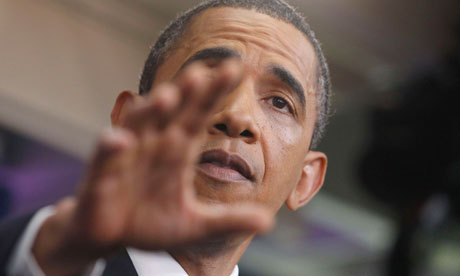HME 'Very, Very Vulnerable' as Debt Talks Drag On
WASHINGTON — As the Aug 2. debt ceiling deadline creeps closer, President Obama and congressional leaders continue to debate the issue, and industry stakeholders continue to watch and worry that cuts to HME remain on the table.
A "grand" deal to reduce the deficit and raise the debt ceiling seems to have left the building in weekend talks. As part of the deal, press reports said, Obama was ready to raise the Medicare eligibility age in exchange for a raft of new revenues. The president had previously proposed applying DME competitive bidding rates to Medicaid.
But Democrats don't want the president, or anybody, messing with the entitlement programs, and Republicans say raising taxes isn't an option. At a press conference yesterday, Obama said of the budget talks, "It's time to pull off the band-aid, eat our peas."
What will happen as the economic calamity looms and the high-level talks focus on health care spending is anybody's guess, according to Cara Bachenheimer, senior vice president of government relations for Invacare.
"There are really very few people involved in making these decisions," Bachenheimer said Friday. "We're not sure what will turn out."
Even so, as the discussions go on, "there are numerous reports that home medical equipment is vulnerable to further hits from both Republicans and Democrats," AAHomecare told members last week.
Any new cuts "would come on top of a decade of slashing that has totaled between 40 to 50 percent for the home medical equipment sector," the association reported. "Further reductions to Medicare payments before the current cuts are fully in effect will create access and quality issues and weaken the home care infrastructure in the United States."
Call senators and representatives and "Tell Congress 'No cuts to home care!'" AAHomecare urged providers.
Stakeholders in other health care sectors are worried, too. Hospitals have begun a national ad campaign protesting any payment cuts and showing how they could result in overcrowded emergency rooms and reduced access. A July 4 article in The New York Times said a hospital coalition would spend up to $1 million a week through the summer on the ads. Nursing homes and drugmakers are also braced for cuts.
"I think it's safe to assume that we are very, very vulnerable," said Bachenheimer. "But so is everybody else."






No comments:
Post a Comment